Test: World Climate and Climate Change- Graph Based Type Questions - Humanities/Arts MCQ
12 Questions MCQ Test Geography Class 11 - Test: World Climate and Climate Change- Graph Based Type Questions
Direction: Read the Case Study given below and answer any three of the questions that follow:
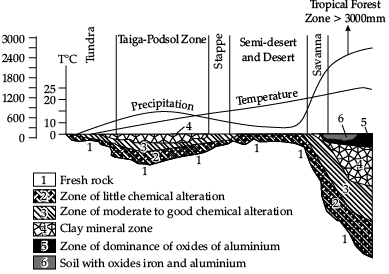
Q. According to the graph the precipitation is highest in which of the following forest zone?

Direction: Read the Case Study given below and answer any three of the questions that follow:

Q. Clay mineral zone is found in:

| 1 Crore+ students have signed up on EduRev. Have you? Download the App |
Direction: Read the Case Study given below and answer any three of the questions that follow:

Q. According to the graph which of the following forest zone has the highest temperature?

Direction: Read the Case Study given below and answer any three of the questions that follow:
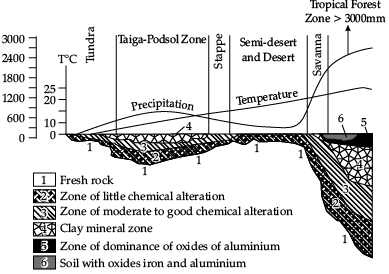
Q. According to the graph which of the following zone has zone of dominance of oxides of aluminium?
Direction: Study the given graph carefully on rise of temperature globally and answer any three of the following questions:

Direction: Study the given graph carefully on rise of temperature globally and answer any three of the following questions:
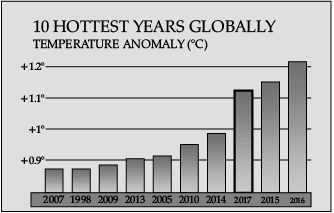
Direction: Study the given graph carefully on rise of temperature globally and answer any three of the following questions:
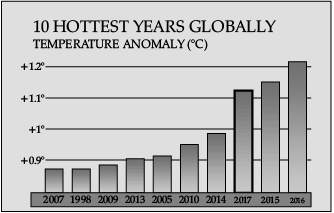
Direction: Study the given graph carefully on rise of temperature globally and answer any three of the following questions:
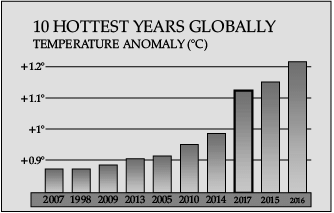
Direction: Study the given graph on global greenhouse gas emission and answer any three of the following questions:
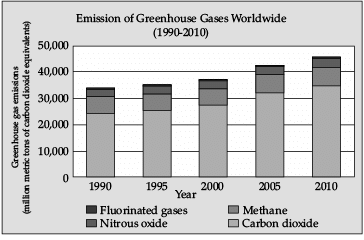
Direction: Study the given graph on global greenhouse gas emission and answer any three of the following questions:
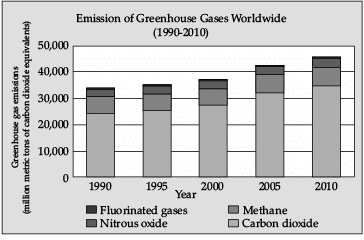
Direction: Study the given graph on global greenhouse gas emission and answer any three of the following questions:

Direction: Study the given graph on global greenhouse gas emission and answer any three of the following questions:

|
71 videos|245 docs|44 tests
|
|
71 videos|245 docs|44 tests
|

















